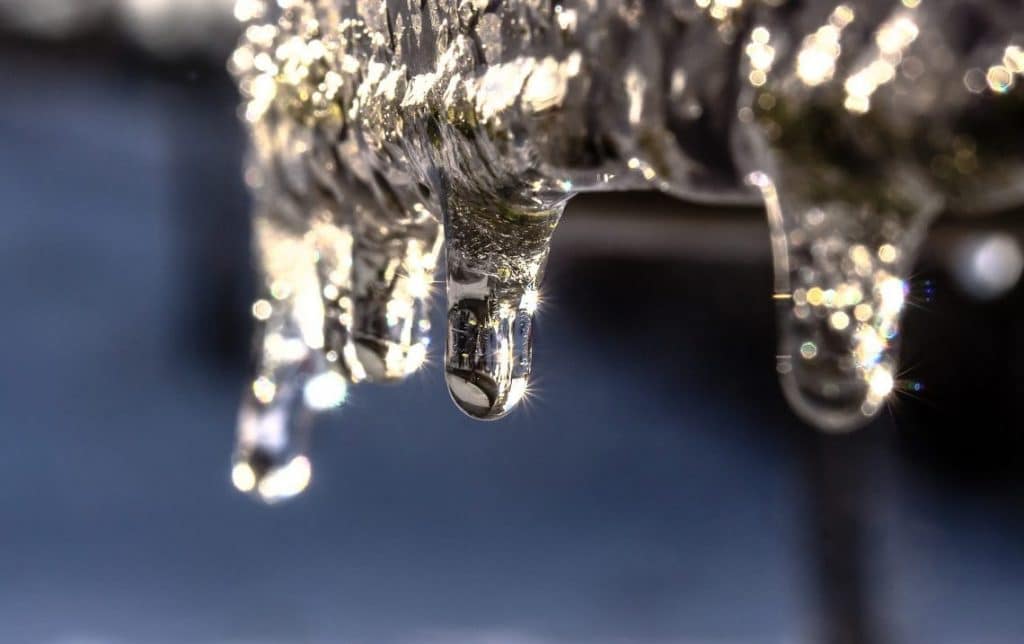The author is making several good points relating to How to prepare your home plumbing for winter weather overall in this article further down.

Cold weather can ruin your pipes, specifically by freezing pipelines. Right here's how to stop it from happening and what to do if it does.
Introduction
As temperature levels drop, the risk of icy pipes rises, potentially resulting in costly repair services and water damage. Comprehending how to avoid icy pipes is vital for property owners in cool environments.
Recognizing Frozen Pipes
What creates pipes to freeze?
Pipelines ice up when exposed to temperatures listed below 32 ° F (0 ° C) for expanded durations. As water inside the pipes ices up, it broadens, taxing the pipeline wall surfaces and potentially triggering them to rupture.
Dangers and problems
Frozen pipes can result in water disruptions, residential property damage, and costly repair work. Ruptured pipelines can flood homes and trigger substantial architectural damage.
Indicators of Frozen Pipes
Identifying icy pipes early can prevent them from breaking.
Just how to recognize icy pipes
Search for lowered water flow from taps, uncommon odors or noises from pipelines, and noticeable frost on subjected pipelines.
Prevention Tips
Shielding susceptible pipelines
Cover pipes in insulation sleeves or utilize warmth tape to shield them from freezing temperatures. Focus on pipes in unheated or outside locations of the home.
Home heating methods
Keep indoor spaces effectively warmed, especially areas with plumbing. Open cupboard doors to enable warm air to circulate around pipelines under sinks.
Shielding Outdoor Plumbing
Yard tubes and outdoor taps
Separate and drain garden hose pipes before winter months. Mount frost-proof faucets or cover outdoor taps with shielded caps.
What to Do If Your Pipelines Freeze
Immediate activities to take
If you presume icy pipelines, keep faucets open to ease pressure as the ice melts. Use a hairdryer or towels soaked in warm water to thaw pipelines slowly.
Long-Term Solutions
Structural modifications
Think about rerouting pipes far from outside walls or unheated areas. Include extra insulation to attic rooms, basements, and crawl spaces.
Updating insulation
Purchase premium insulation for pipes, attics, and wall surfaces. Correct insulation assists preserve regular temperature levels and lowers the risk of frozen pipelines.
Conclusion
Preventing frozen pipelines calls for aggressive measures and quick reactions. By comprehending the causes, indications, and preventive measures, home owners can shield their pipes throughout winter.
5 Ways to Prevent Frozen Pipes
Drain Outdoor Faucets and Disconnect Hoses
First, close the shut-off valve that controls the flow of water in the pipe to your outdoor faucet. Then, head outside to disconnect and drain your hose and open the outdoor faucet to allow the water to completely drain out of the line. Turn off the faucet when done. Finally, head back to the shut-off valve and drain the remaining water inside the pipe into a bucket or container. Additionally, if you have a home irrigation system, you should consider hiring an expert to clear the system of water each year.
Insulate Pipes
One of the best and most cost-effective methods for preventing frozen water pipes is to wrap your pipes with insulation. This is especially important for areas in your home that aren’t exposed to heat, such as an attic. We suggest using foam sleeves, which can typically be found at your local hardware store.
Keep Heat Running at 65
Your pipes are located inside your walls, and the temperature there is much colder than the rest of the house. To prevent your pipes from freezing, The Insurance Information Institute suggests that you keep your home heated to at least 65 degrees, even when traveling. You may want to invest in smart devices that can keep an eye on the temperature in your home while you’re away.
Leave Water Dripping
Moving water — even a small trickle — can prevent ice from forming inside your pipes. When freezing temps are imminent, start a drip of water from all faucets that serve exposed pipes. Leaving a few faucets running will also help relieve pressure inside the pipes and help prevent a rupture if the water inside freezes.
Open Cupboard Doors
Warm your kitchen and bathroom pipes by opening cupboards and vanities. You should also leave your interior doors ajar to help warm air circulate evenly throughout your home.

As a keen reader about Prevent Frozen Pipes , I imagined sharing that piece of content was necessary. For those who enjoyed reading our blog entry please consider to pass it around. I am grateful for your time. Revisit us soon.
Book Instantly
 Romeo Miller Then & Now!
Romeo Miller Then & Now! Yasmine Bleeth Then & Now!
Yasmine Bleeth Then & Now! Keshia Knight Pulliam Then & Now!
Keshia Knight Pulliam Then & Now! Shannon Elizabeth Then & Now!
Shannon Elizabeth Then & Now! Peter Billingsley Then & Now!
Peter Billingsley Then & Now!